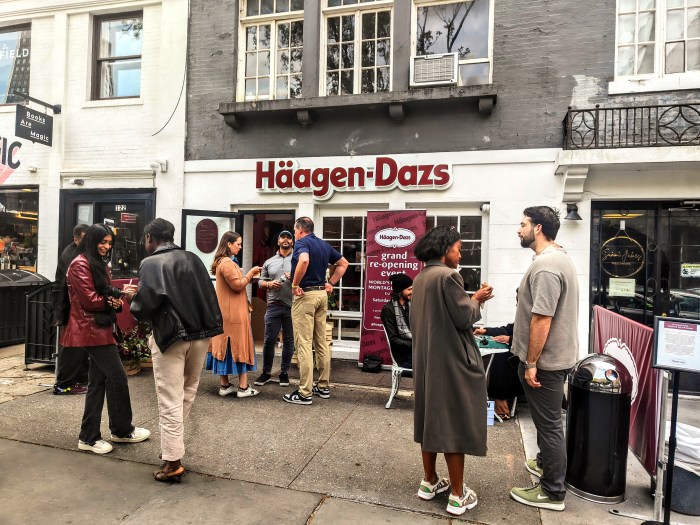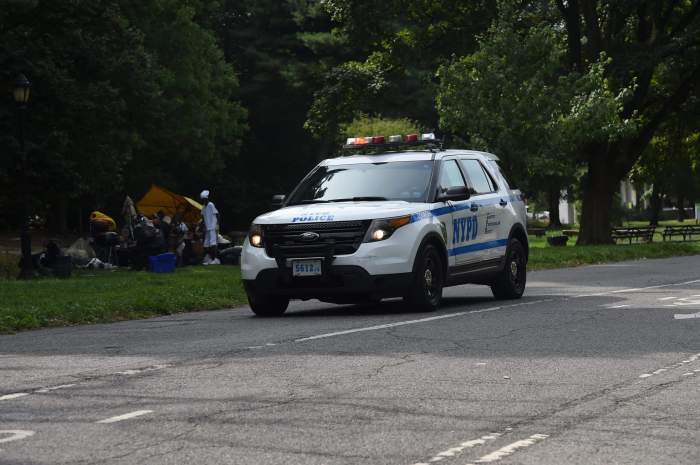Get with the times!
The borough’s one-time newspaper of record reported the death of Emily Warren Roebling — the woman who in the late 1800s took on the herculean task of completing the Brooklyn Bridge, the world’s first steel-cable suspension span, when she wasn’t even allowed to vote — more than a century before the city’s long-time paper of record published her obituary last week.
The New York Times, which began printing on the distant isle at the other end of Brooklyn’s namesake crossing in 1851, published its better-late-than-never report as part of a series on pioneering women whose legacies the paper’s then-predominantly white male newsroom failed to recognize in their eras, including black investigative journalist Ida B. Wells, gay-rights activist and drag performer Marsha P. Johnson, and mathematician Ada Lovelace.
But Roebling’s death at 59 in 1903, more than fifty years after the Times debuted, failed to make its headlines at the time despite her profound contribution to the city it had then called home for decades.
The Brooklyn Daily Eagle, however — which was published from 1841 to 1955 before coming back to life under entirely new owners in 1996 — reported news of Roebling’s passing one day after she died in her New Jersey home.
Its obituary quoted her doctor at the time, who reportedly believed that her work on the bridge was too arduous for a lady to handle and attributed her death to fatigue — not the stomach cancer that actually killed her.
“The work done by Mrs. Roebling at this time was far too great for any woman and her health has never been the same since then,” the newspaper reported on March 1, 1903. “Dr. Clark, the family physician, traces the mental and physical exhaustion, which culminated in the recent breakdown from the time when Mrs. Roebling worked on Brooklyn Bridge.”
Roebling’s obituary in the Eagle — printed next to articles about typhoid victims and how some female teachers in Brooklyn opposed someone of their own sex leading the borough’s school system — highlighted her fight for women’s equality, book smarts, and loyal friendships, but heralded her work on the bridge as her biggest feat.
“Of attractive personality, tactful, gracious and winning in manner, she was a prominent figure in social and club life — a ready speaker, a bright, witty conversationalist, and a woman whose intellectual gifts were undeniable,” the Eagle reported. “In spite of her prominence among the women of the country in all movements which looked toward the so-called emancipation of the sex, Mrs. Roebling’s chief claim to fame lies in the park which she took in superintending the building of Brooklyn Bridge.”
The Times piece published on March 8, 2018 similarly touted Roebling’s achievements at a time when women were often overshadowed by men, sourcing some of its material from biographies written about her husband, who became bedridden inside the couple’s Brooklyn Heights apartment after contracting Cassions Disease, or the bends, while working on the crossing.
Roebling then assumed her role overseeing the project, keeping her ailing husband up to date with daily morning progress reports before taking off for the site of the in-the-works bridge — where more than 20 men died during its construction — to chat with journalists, politicians, and engineers as she shepherded the massive piece of infrastructure to completion.
And in 1883, with work on the Brooklyn Bridge finally finished, Roebling was the first to cross it — allegedly riding inside a horse-drawn carriage with a rooster, symbolic of victory, in her lap — about 16 years before she graduated from New York University in 1899.
Roebling, who passed away at the couple’s home in distant New Jersey, always preferred living in the County of Kings, which she considered her home until her dying day, according to the Eagle.
“Although circumstances compelled her to reside elsewhere she made no secret of her liking for Brooklyn and announced in public that she looked upon it as her home,” the paper reported. “She was a frequent visitor here and numbered many warm, true friends among the residents of this borough, to whose interests she was ever loyal.”
Last year, members of Brooklyn Heights’ Community Board 2 recognized Roebling’s contribution to and passion for her former home by voting to co-name a street near where she and her husband once lived “Emily Warren Roebling Way.”
























